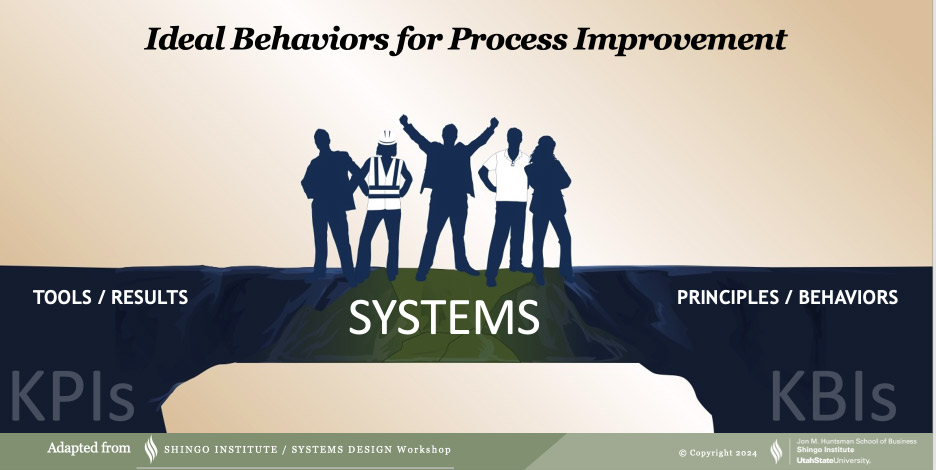Not long ago, I accompanied two of the Greater Boston Manufacturing Partnership’s consultants, Bob Elliott and Peter Melnik, to a Shingo Systems Design workshop at Osram, a terrific host site in Hillsboro, New Hampshire. Bob and Peter did all the work. My job, in the spirit of continuous improvement, was just to observe. There are so many things we can see when we have the luxury of just watching, and there’s one observation in particular that I’d like to share regarding the paramount importance of Toyota Process System (TPS) methods to the organizational excellence journey.
|
ADVERTISEMENT |

First, for those unfamiliar with the Shingo Model, the image above shows the connection between employees’ behaviors (key behavior indicators, or KBIs) and results (key performance indicators, or KPIs). In this model, systems drive behaviors, and ideal behaviors generate great results by effectively using improvement tools.
…

Add new comment